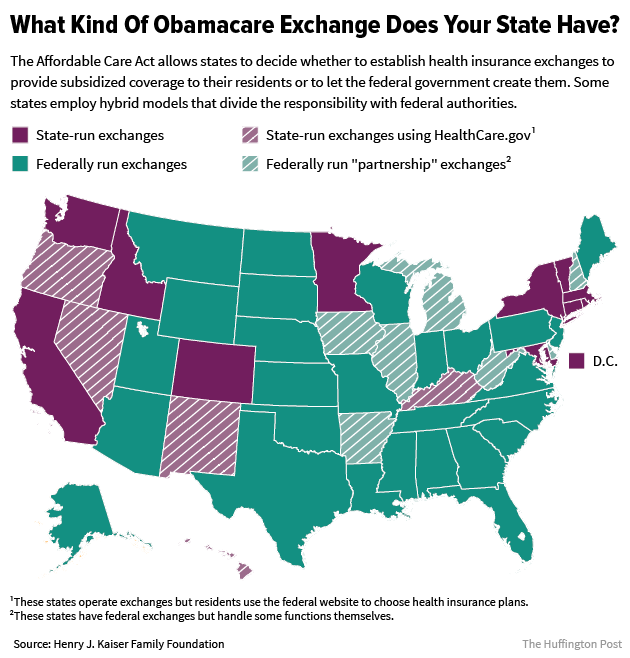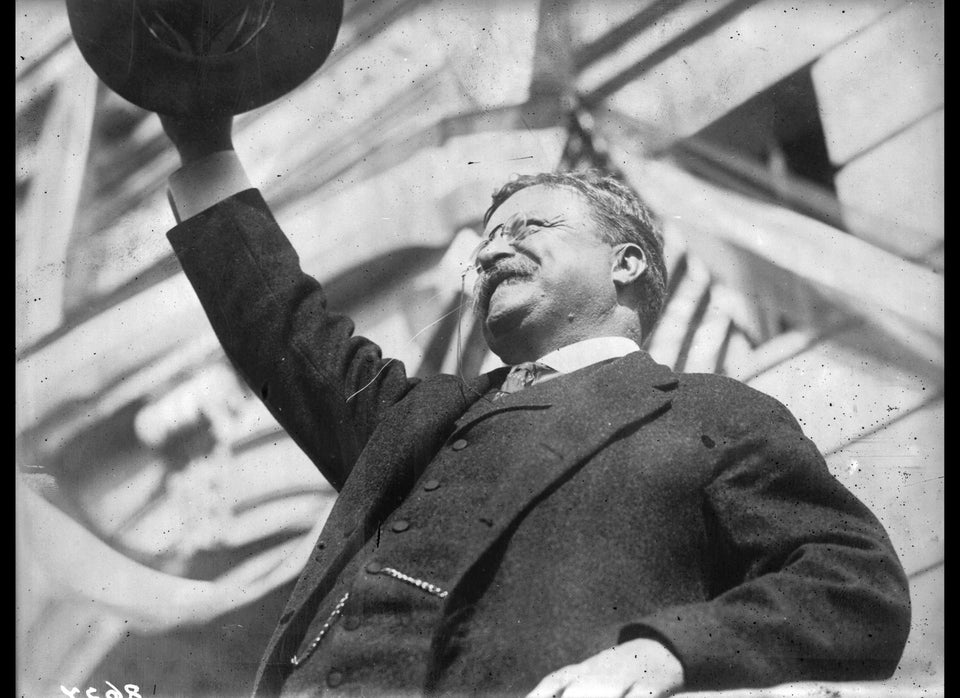WASHINGTON ― While the Affordable Care Act faces a looming repeal by President-elect Donald Trump and the GOP-led Congress next year, its health insurance exchanges had a record day on Thursday.
More than 670,000 people selected health insurance plans via the federally run exchange marketplaces, which serve people in 39 states through HealthCare.gov, President Barack Obama said Friday. It’s the biggest number of sign-ups in a single day since the exchanges debuted in 2013.
Thursday was supposed to be the last day for consumers to select insurance they can use starting Jan. 1, but the federal government and some states that run their own exchanges extended the deadline to Monday.
“More are signing up by the day,” Obama said at a White House press conference. “When I came into office, 44 million people were uninsured. Today, we’ve covered more than 20 million of them. For the first time in our history, more than 90 percent of Americans are insured.”
Between Nov. 15 and Dec. 10, more than 4 million people have selected policies from HealthCare.gov, the Centers for Medicare and Medicaid Services reported Wednesday. It appears to be an uptick from last year, when 2.8 million people had enrolled by Dec. 5.
The enrollment numbers Obama and the Centers for Medicare and Medicaid Services revealed this week don’t include sign-ups conducted through the 12 health insurance exchanges managed by states instead of the federal government. For example, Covered California has enrolled nearly 200,000 people, Washington Healthplanfinder in the Evergreen State has logged 160,000 and Your Health Idaho enrolled almost 100,000.
The Obama administration and state-run exchange authorities are engaged in a full-fledged push to boost enrollment, despite the likelihood that Trump and Congress will move swiftly to unravel the Affordable Care Act next year.
For a start, exchange customers ― people who aren’t offered health benefits from an employer and don’t qualify for government programs like Medicare and Medicaid ― still have access to these marketplaces and the financial assistance available to low- and moderate-income households. And congressional Republicans plan to delay the effectiveness of an Obamacare repeal for up to four years after Trump signs legislation, meaning the exchanges will remain the mechanism for these consumers to obtain health coverage.
Moreover, maximizing enrollment for next year elevates the political leverage for Democrats going forward. The more people who are covered by plans the Affordable Care Act regulates and subsidizes, the more politically painful it may be for Republicans to weaken that coverage, reduce the financial assistance or take it away entirely.
As Obama emphasized Friday, the uninsured rate has never been lower, a fact Democrats will continue to highlight as Republicans prepare to take action to reverse this trend.
Simply repealing the Affordable Care Act would result in more than 20 million people losing their health coverage. Undoing the law would strip away funding for the Obamacare Medicaid expansion and the subsidies it provides for private health insurance.
The GOP has vowed to devise an alternative platform after the party passes legislation next month to eliminate major components of the Affordable Care Act. But Republicans have failed to coalesce around their shared principles for remaking the health care system since the congressional debate on Obama’s health law began almost eight years ago. Major divisions remain among Republican lawmakers about how to proceed and what the goals are ― beyond killing Obamacare.
Whatever plan the GOP may ultimately pursue inevitably would cover fewer people because it would devote far less federal money to assist low-income people and would include weaker protections for people with pre-existing conditions.
The Obama administration entered this open enrollment period facing significant headwinds and low expectations.
Unsubsidized premiums ― which millions pay because they earn too much to qualify for help ― rose sharply and dramatically in some states. And the first three enrollment periods attracted the segment of the market most eager for coverage, and that is eligible for the most generous subsidies. As a result, the administration thought it could only add about 1 million new customers atop the 11 million to 13 million who had coverage via the exchanges over the course of 2016.
Since sign-ups don’t end until Jan. 31, the Trump administration will be in charge of seeing the process through to the finish line after the new president takes office on Jan. 20.
Despite exchange authorities’ focus on the current enrollment period and the coverage these plans will provide next year, the Republican strategy on Obamacare could disrupt the insurance market even before full repeal takes effect, and well before the enactment of any “replacement” plan the GOP may conceive.
That’s particularly true if the GOP opts to immediately revoke the law’s “individual mandate” that nearly all Americans have health coverage or face tax penalties. The mandate is the least popular part of Obamacare, but scrapping it while leaving other parts of the law, especially its guarantee of coverage for people with pre-existing conditions, could throw the health insurance market into chaos.
Health insurance companies that already have struggled to attract enough healthy customers to offset the cost of their sickest policyholders would have an even harder time without the mandate penalty pushing healthier individuals to buy coverage to avoid the fine.


